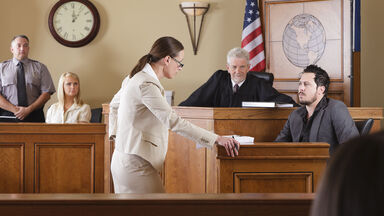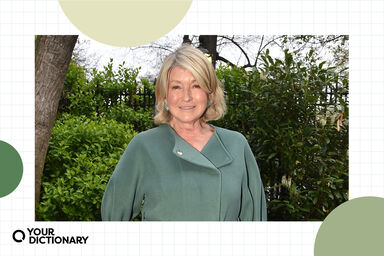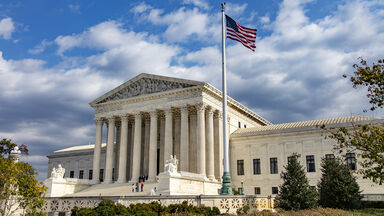The judiciary is composed of a supreme court of seven members, a court of chancery, a county court in each county, a probate court in each probate district, and justices of the peace.
In South Carolina he was a judicial officer, but the office no longer exists, as South Carolina has now a probate court.
There are three court-houses, one of granite (1839-1841) with great monolithic Corinthian pillars, another (1862), adjoining it, of brick, and a third (1908-1909) of granite, for the probate court.
The administration of justice is entrusted to a supreme court, a continually increasing number of circuit courts (thirty-eight in 1909), one probate court in each county, and not exceeding four justices of the peace in each township. The supreme court is composed of one chief justice and seven associate justices, all elected for a term of ten years, not more than two retiring every two years; it holds four sessions annually, exercises a general control over the inferior courts, may issue, hear and determine any of the more important writs, and has appellate jurisdiction only in all other important cases.
In Cumberland and Kennebec counties there is a superior court presided over by one justice and having extensive civil and criminal jurisdiction; and in each of the counties there are a probate court for the settlement of the estates of deceased persons and courts of the trial justice and the justice of the peace for the trial of petty offences and of civil cases in which the debt or damage involved does not exceed $20.





